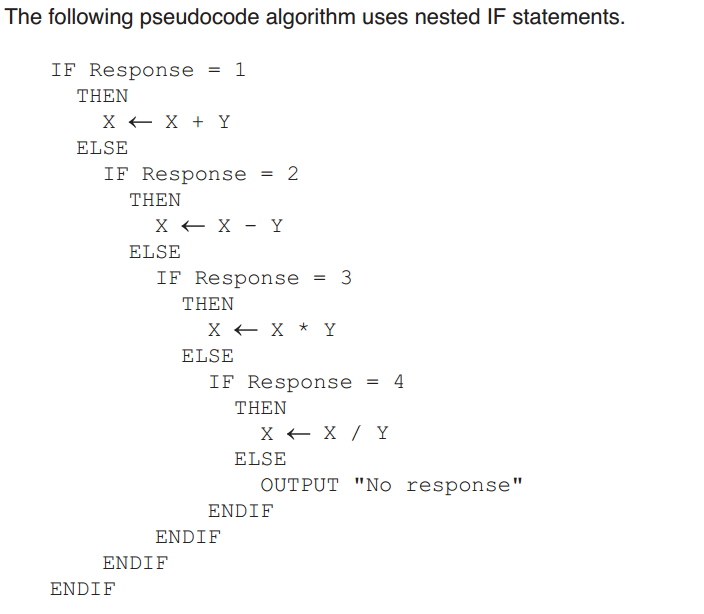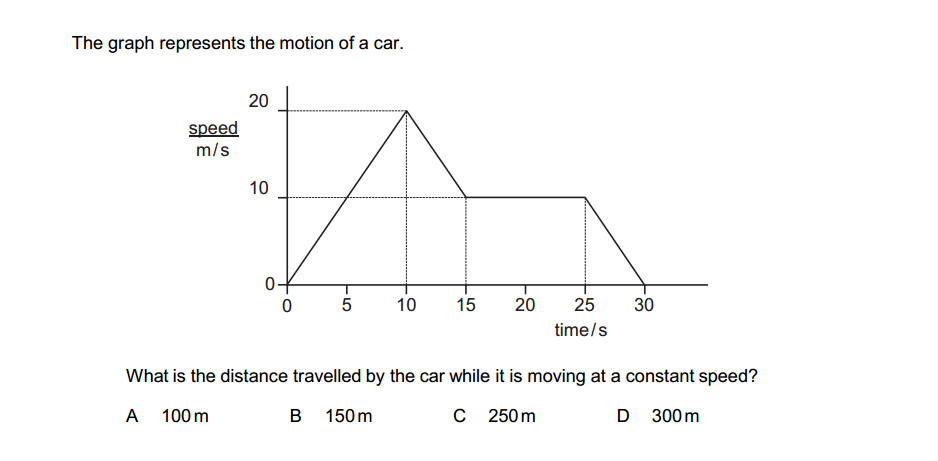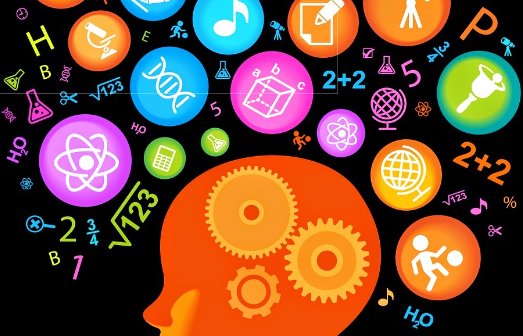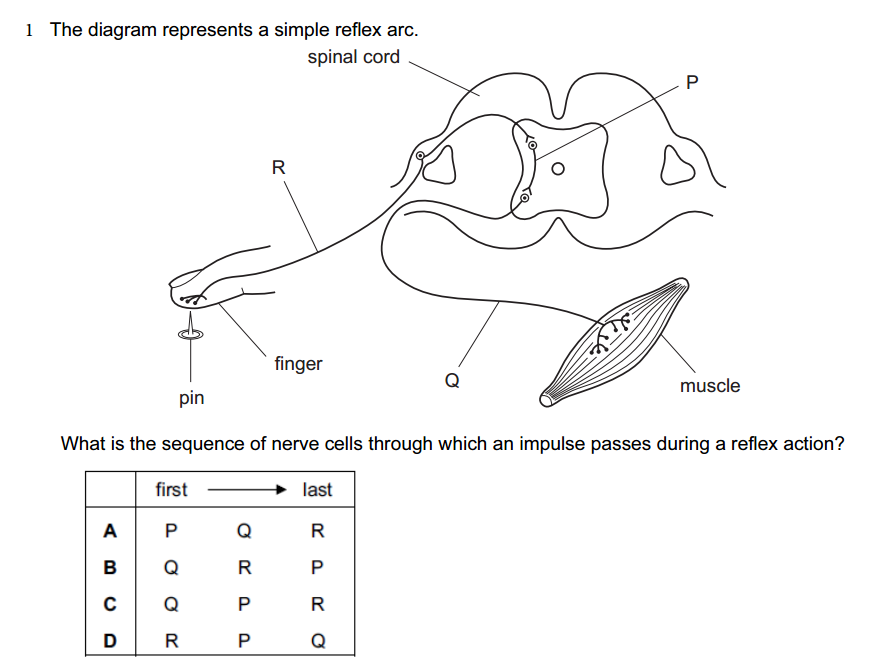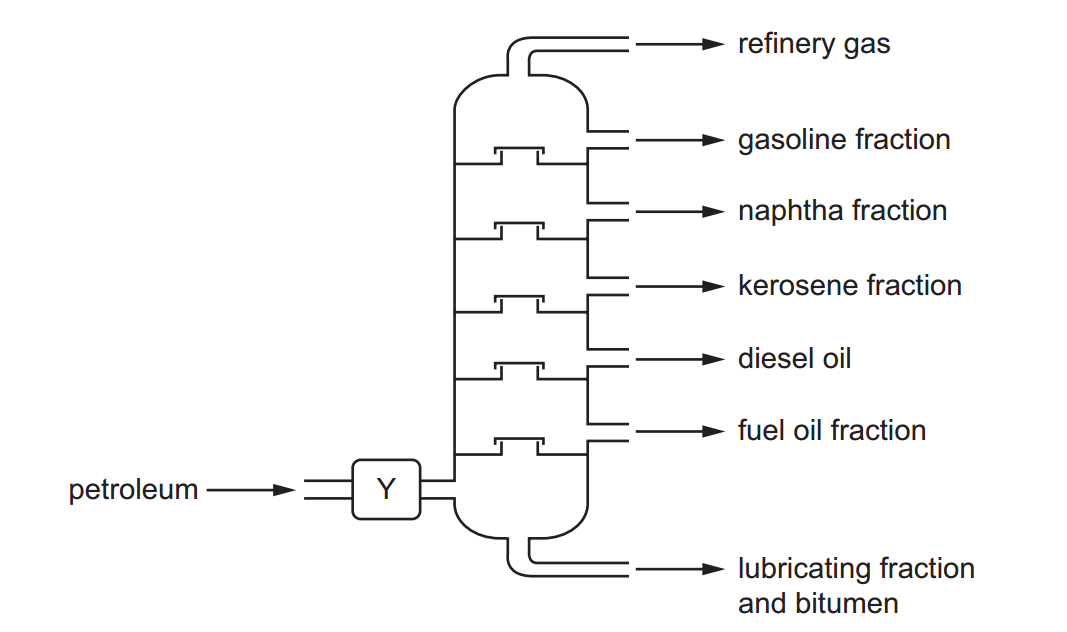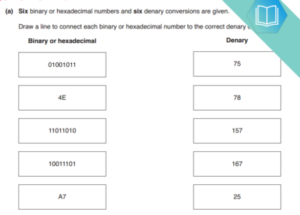- What is Artificial Intelligence?
- Artificial Intelligence (AI) is the development of computer systems that can perform tasks that typically require human intelligence, such as visual perception, speech recognition, decision-making, and language translation.
- How does Machine Learning differ from traditional programming?
- In traditional programming, explicit instructions are provided for a computer to perform a task. In Machine Learning, algorithms learn patterns from data and improve their performance over time without being explicitly programmed.
- What is the role of neural networks in AI?
- Neural networks are a fundamental component of deep learning, a subset of machine learning. They are inspired by the structure of the human brain and are used to recognize patterns and make decisions.
- Explain the concept of supervised learning.
- Supervised learning is a type of machine learning where the algorithm is trained on a labeled dataset, meaning that it is provided with input-output pairs to learn the mapping between inputs and corresponding outputs.
- What are the ethical considerations in AI development and deployment?
- Ethical considerations in AI include issues related to bias, transparency, accountability, privacy, and the potential impact of AI on employment and society. Ensuring fairness and avoiding harm are key ethical concerns.
- How does natural language processing (NLP) contribute to AI applications?
- NLP enables machines to understand, interpret, and generate human language. It is crucial for applications like virtual assistants, chatbots, language translation, and sentiment analysis.
- What is reinforcement learning, and can you provide an example of its use in AI systems?
- Reinforcement learning is a type of machine learning where an agent learns to make decisions by interacting with an environment. An example is training a computer program to play and improve at a game through trial and error.
- Discuss the impact of AI on job markets and employment.
- AI has the potential to automate routine tasks, leading to job displacement in certain industries. However, it can also create new job opportunities and enhance productivity in various sectors.
- Explain the difference between narrow AI and general AI.
- Narrow AI, or Weak AI, is designed to perform a specific task, while General AI, or Strong AI, would have the ability to understand, learn, and apply knowledge across a broad range of tasks, similar to human intelligence.
- What challenges do researchers face in creating truly autonomous AI systems?
- Challenges include handling uncertainty, ensuring safety, ethical considerations, developing robust decision-making capabilities, and addressing the potential misuse of autonomous systems.
- How can bias be introduced into AI algorithms, and what are the implications?
- Bias in AI can be introduced through biased training data, flawed algorithms, or human bias in decision-making. It can lead to unfair and discriminatory outcomes, reinforcing existing social inequalities.
- What is the Turing Test, and why is it significant in AI development?
- The Turing Test is a measure of a machine’s ability to exhibit intelligent behavior indistinguishable from that of a human. It is significant as a benchmark for assessing AI’s capability to mimic human-like intelligence.
- How is AI utilized in healthcare applications?
- AI is used in healthcare for tasks like medical image analysis, diagnosis prediction, drug discovery, personalized medicine, and patient management, enhancing efficiency and accuracy.
- Discuss the concept of Explainable AI (XAI) and its importance.
- Explainable AI aims to make AI systems’ decision-making processes understandable and interpretable by humans. This is crucial for building trust, identifying biases, and ensuring accountability in AI applications.
- What role does AI play in the development of autonomous vehicles?
- AI is essential for autonomous vehicles to perceive and interpret their surroundings, make real-time decisions, and navigate safely. Technologies like computer vision and machine learning are key components.
- Explain the relationship between Big Data and AI.
- Big Data provides large datasets that are essential for training and improving AI algorithms. AI, in turn, can analyze and extract valuable insights from massive datasets that would be challenging for humans to process.
- What are the potential risks and benefits of AI in cybersecurity?
- AI can enhance cybersecurity by identifying and preventing threats, but there are risks, including the potential for attackers to exploit AI vulnerabilities, creating more sophisticated cyber threats.
- How do AI and robotics intersect, and what are the applications of AI in robotics?
- AI and robotics intersect in creating intelligent machines capable of autonomous decision-making. Applications include autonomous robots in manufacturing, healthcare, exploration, and even household chores.
- Discuss the concept of transfer learning in the context of AI.
- Transfer learning involves pre-training a model on one task and then fine-tuning it for another related task. It enables leveraging knowledge gained from one domain to improve performance in a different, but related, domain.
- How can society address the ethical challenges posed by the use of AI in decision-making processes?
- Society can address AI ethical challenges through the development of responsible AI guidelines, transparent algorithms, diverse and inclusive development teams, and ongoing public discourse on the ethical implications of AI technologies.

Top 20 interview questions with answers in Artificial Intelligence(AI).
Artificial Intelligence (AI) embraces tasks needing human intellect, such as perception and decision-making, enabled by components like neural networks. Machine learning adapts over time, distinct from fixed traditional programming. AI raises ethical issues, including bias and societal impact. Meanwhile, it revolutionizes areas like healthcare and autonomous vehicles through data analysis and machine learning, although it presents cybersecurity risks. Addressing AI ethics calls for responsible practices and public engagement.
Shares:

